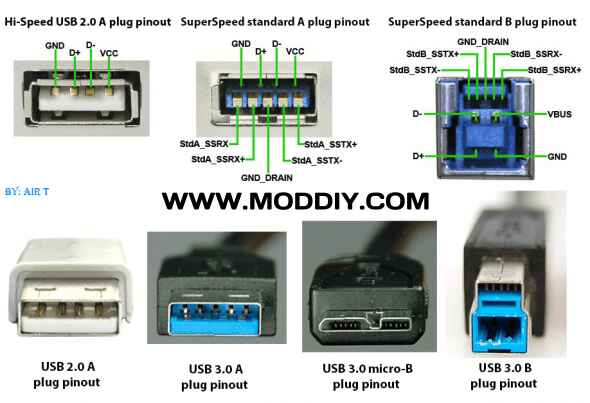


– The one thing that truly sets the USB-C standard apart is its versatility. Now, USB-C are built on the second generation USB 3.1 standard and is powerful enough to carry data at up to 10 gigabits per second, which is a super high data transfer rate. – The USB 1.0 standard is an external bus specification that supports a max data transfer speed of up to 12 Mbps USB 2.0, introduced in 2000, is high speed USB that supports a max data transfer rates of up to 480 Mbps and the USB 3.0 standard supports transfer rates up to 5 Gbps.

Unlike micro USB, USB-C cables are reversible, which means you can plug them into the socket both ways, regardless of whether they are upside down.
USB 2 VS USB 3 PLUG ANDROID
USB-C cables, on the other hand, are more flexible and faster than micro USB cables, and found in most modern android smartphones and laptops. Micro USB, designed to replace mini USB, is the small USB socket found on external hard disk drives, smartphones, digital cameras, USB hubs, gaming console controllers, and other devices. The most common types are USB-Mini, USB-Micro and USB-C. – The USB cables are identified by the connector on the either end. USB-C, on the other hand, is a 24-pin double sided connector that supports the latest USB standards like the USB 3.1. There are also subsets of this connector, like USB Mini-A and USB Micro-A. USB Type A is the standard connector found on virtually every desktop computer and older laptops. – USB connectors come in all shapes and sizes, but all the different variants of the USB connectors belong to one of three standard USB connectors – USB-A, USB-B and USB-C. Difference between USB and USB-C Connector Every major tech company is now embracing the new USB-C standard on all their devices. Full-featured USB-C cables with USB 3.1 Gen 2 specification are powerful enough to carry data at up to 10 gigabits per second, which is a super high data transfer rate. They are capable of carrying up to 100 watts of power, so you can quickly charge your full-size electronic devices such as laptops, smartphones, etc. USB-C cables are super versatile and more powerful than its predecessors. For one, it’s smaller and thinner so it can fit literally into just any tiny device along with the normal sized ones.
USB 2 VS USB 3 PLUG UPGRADE
USB-C is a much improved and advanced upgrade to the previous USB standards. USB 3.1 is a tiny connector system that is commonly found today in laptops, smartphones and tablets. It is a 24-pin connector, just like a micro USB connector, that supports the latest USB standards like the USB 3.1, facilitating faster data transfers of up to 10 Gbps. USB-C, officially known as USB Type-C, is a relatively new industry-standard connector for transmitting data and power to and from computing devices. A subsequent release of the USB 3.0 was late released as USB 3.1, which is also known as “SuperSpeed+”, and which is capable transfer rates of up to 10 Gbps. There are three versions of USB as prescribed by the USB Implementers Forum – a group responsible for promoting and marketing the USB – namely, USB 1.0, USB 2.0 and USB 3.0. On desktop computers, laptops, tablets and peripherals you will typically find at least one of these three types of USB ports. Most of the USB connector variants are centered on three basic types – Mini-USB, Micro-USB and USB-C. USB connectors come in different shapes and sizes. Some form of USB port is also used in gaming consoles, network devices, smart TVs, and other electronic devices, making it truly universal. USB cables are used to charge cell phones, and desktops and laptops accommodate several USB ports for data transfer and connecting other external I/O devices. USB is the most commonly used port used in several different kinds of devices, such as keyboard, mice, cameras, printers, scanners, external HDDs, flash drives, and even networking devices.
USB 2 VS USB 3 PLUG SERIAL
Universal Serial Bus (USB) is an industry standard plug and play interface for cables and connectors that facilitates communication between computers and peripherals and other devices.


 0 kommentar(er)
0 kommentar(er)
